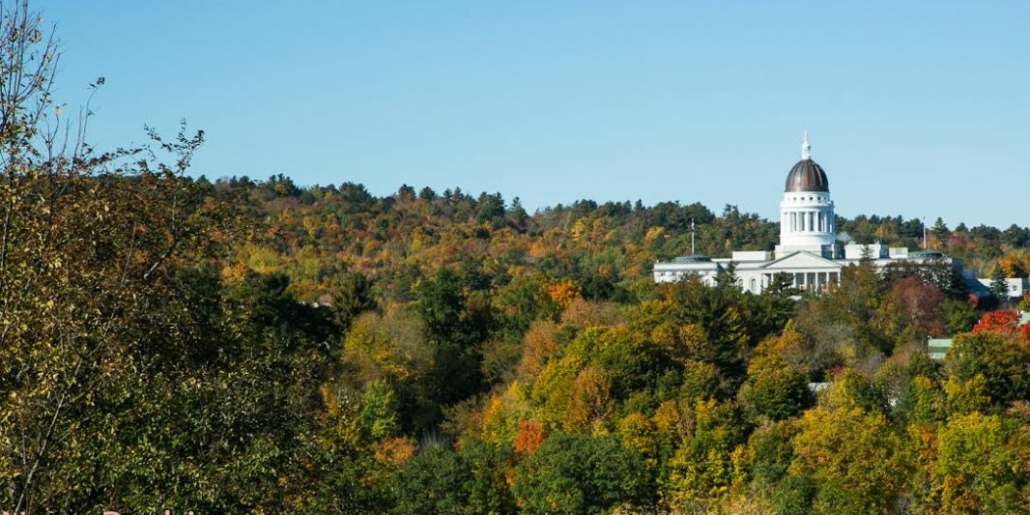INside the OUTside: Maine Ski Hall of Fame to induct eight new members
 Induction ceremony to be held at Sugarloaf Mountain on October 19
Induction ceremony to be held at Sugarloaf Mountain on October 19
 by Dan Cassidy
by Dan Cassidy
Dave Irons, columnist for the Sun Journal, and chairman of the Maine Ski Hall of Fame, has released the names of eight inductees to the class of 2019, who have made the sport of skiing grow. According to Irons, the Hall of Fame was formed to recognize Maine skiers who have gained significant contributions to skiing in Maine. “Since its inaugural banquet in 2003, more than 130 skiers have been inducted, representing every aspect of the sport, competitors, coaches, instructors, founders and pioneers,” he said.
“This year’s induction brings the total to 144 members,” said Theresa Shanahan, executive director of the Ski Museum of Maine. “The Ski Museum is located at 256 Main Street, in downtown Kingfield, and will be open on Saturday, October 19, and Sunday, October 20 from 10 a.m. to 2 p.m. Tours of the Museum will be given,” she said.
Tickets to the reception and banquet can be purchased by contacting the Ski Museum of Maine at (207) 265-2023.
The eight Inductees include Seth Wescott, Lindsay Ball, Henry Anderson, Leigh Breidenbach, Don Fowler, Billy Chenard, Paul Schipper, and Robert Zinck.
Seth Wescott was a dominant competitor in Snowboard Cross. He was introduced in the 2006 winter games in Torino, Italy. Wescott won that first event and four years later, he was successful in defending his title at the Vancouver Olympics. He will be honored as one of more than 130 skiers into Maine’s Ski Hall of Fame. He also won two silvers in the World Championships along with three silvers and a bronze in the X-Games.
Lindsay Ball is a visually impaired skier who started skiing at age six with Maine Adaptive Sports. In 2011, she competed for Lawrence High School, in Fairfield. She also went on to compete in the 2014 Winter Olympics in the giant slalom. Lindsay mounted numerous podiums in World Cup and NorAm competition. She has won gold medals in both downhill and giant slalom. She graduated from UMF and is serving as vice president of the Maine Organization of Blind and Athletic Leadership Education.
Henry Anderson carried on the start of Maine tradition of skiing. He was born in New Sweden in 1894, and grew up where skis were used for transportation and later on racing. He made his own skis from 1926 to the early 1930s. He also made XC racing skis for members of the New Sweden Athletic Club and the Caribou and Fort Fairfield ski teams.
Leigh Breidenbach worked her way through the University of Maine at Farmington where she taught skiing at Sunday River. After graduation, she joined the school’s Ski Industry Program under Doc DesRoches and Tom Reynolds where she became part of the program. She is a fully certified Level III PSIA instructor. She has served the Ski Museum of Maine Board.
Don Fowler has demonstrated the love of skiing by being on the mountain every day that he can. He is one of the founders of the Ski Museum of Maine and has donated countless hours as the organization’s clerk and attorney.
He has compiled the complete history of Sugarloaf and helps as an ambassador for the sport.
Billy Chenard carried on a long tradition of highly competitive Nordic skiers coming out of the Chisholm Ski Club. He competitively skied for Rumford High School and was always either at the top of near it. He won the National Junior Nordic Combined title in 1972. He developed the cross country trails at Sugarloaf and the Balsams that were recognized by racers as being the best layouts in the East.
Paul Schipper a legendary skier at Sugarloaf Mountain is well known throughout the country and the world. It all began during the 1981 ski season when he realized that he had not missed a day on the slopes. That was the beginning of “the streak.”
From age 57 in 1981 until 2005, Shipper skied every day that Sugarloaf was open. As a retired airline pilot he was a keen weather observer and reported to Chip Carey in the marketing department. He used the streak to get as much publicity for the resort.
Robert Zinck got his start with the Chisholm Ski Club and developed into an all around athlete. His specialty was ski jumping. He jumped wherever he could at places like Black Mountain, in Rumford, the Swan’s Corner Gould Jumps, in Bethel, the Big Nansen,in Berlin, and all over New England.
Zinck had victories including 1972 Class A High School title, 1973 Maine and New England Class A Jumping crowns, 1974 Junior Nationals and many other championships. This led to his being named to the U.S. National team in 1976-1977.
According to Shanahan, this year’s special guest is Bill Green of Bill Green’s Maine. He is scheduled to honor some of the inductees.


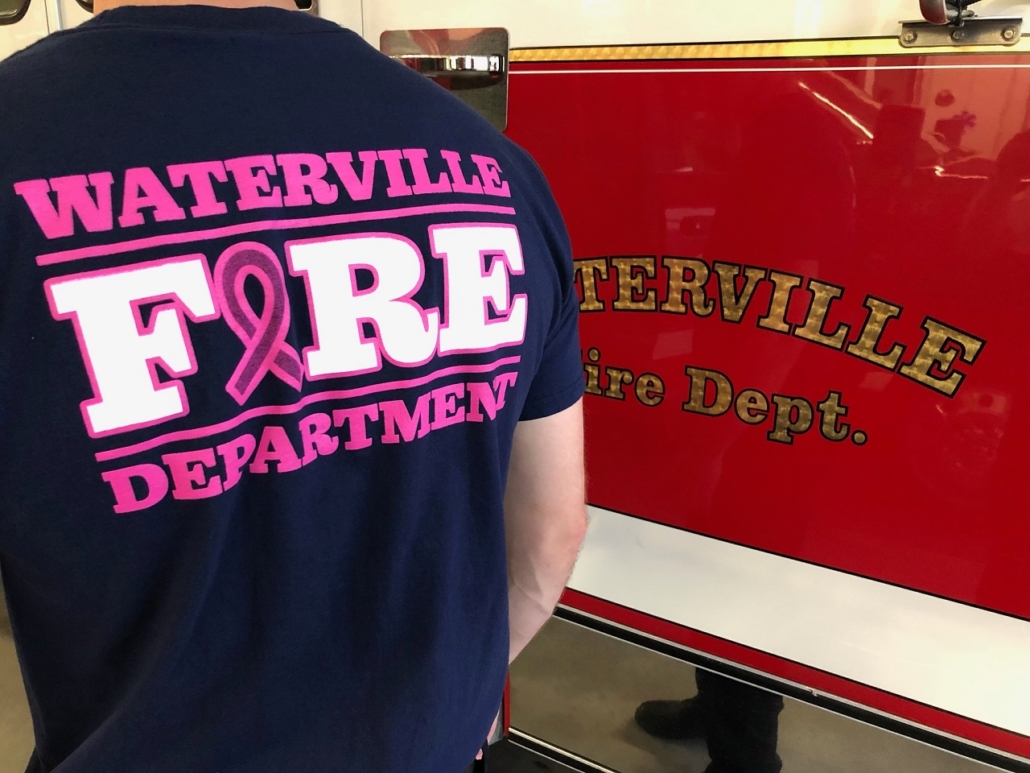
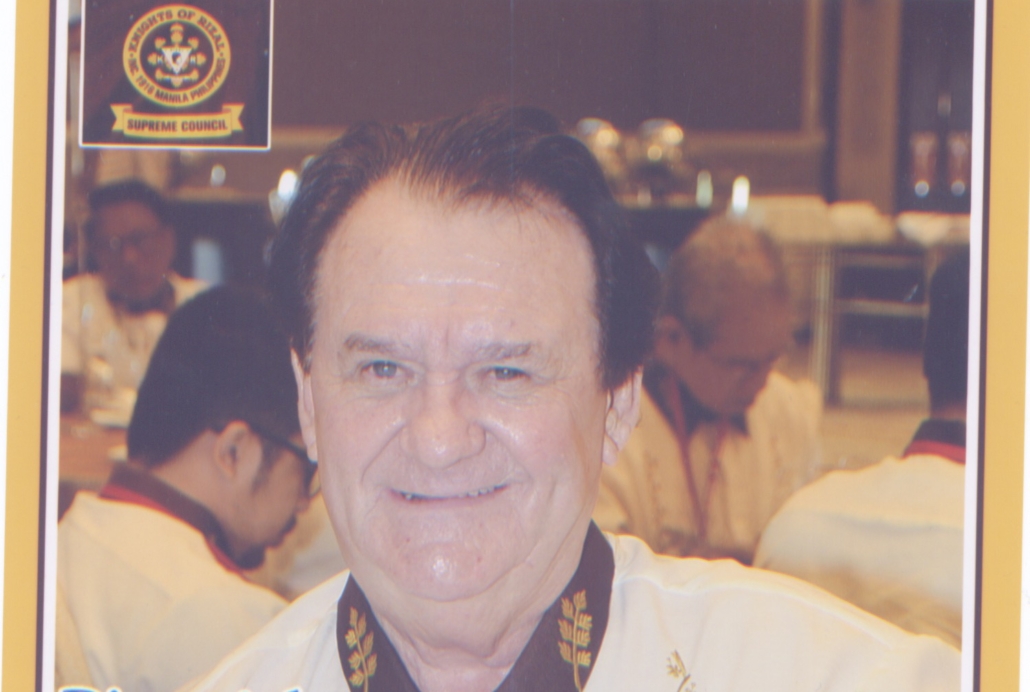

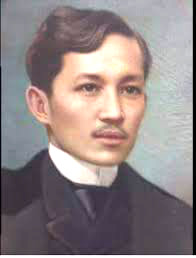
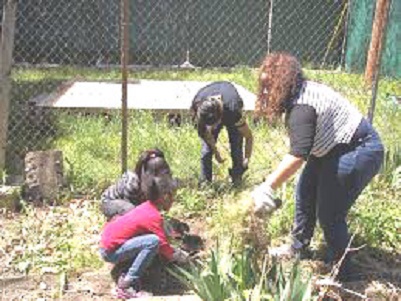

 Dakota Rae Bragg, of Skowhegan, majoring in civil engineering / environmental engineering, was named a Presidential Scholar for the spring 2019 semester at Clarkson University, in Potsdam, New York.
Dakota Rae Bragg, of Skowhegan, majoring in civil engineering / environmental engineering, was named a Presidential Scholar for the spring 2019 semester at Clarkson University, in Potsdam, New York.
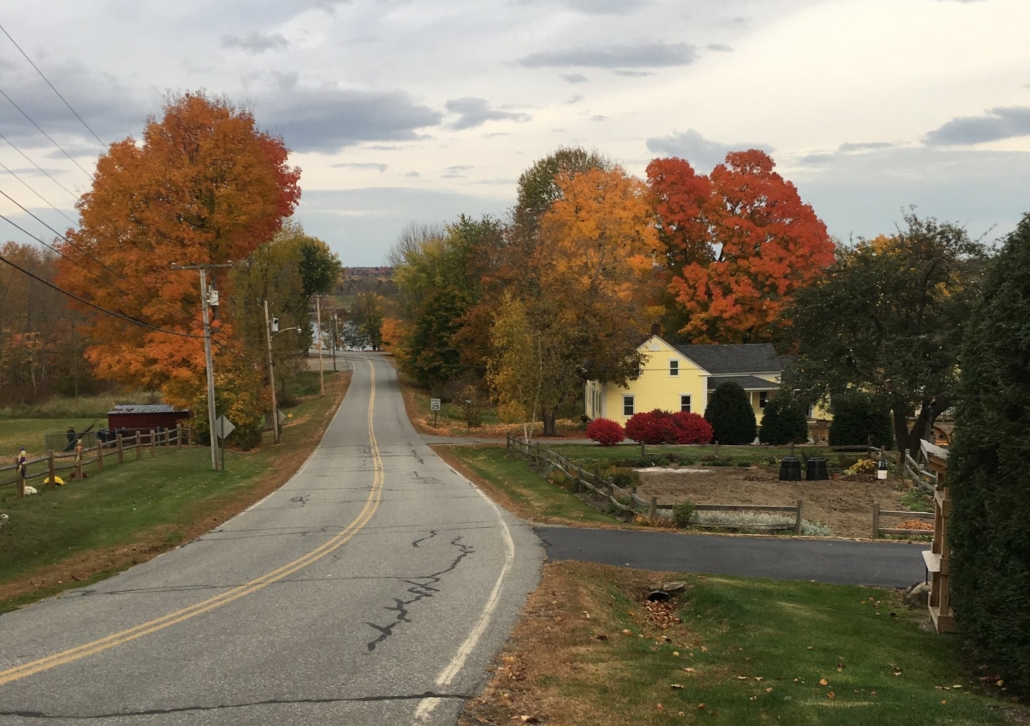
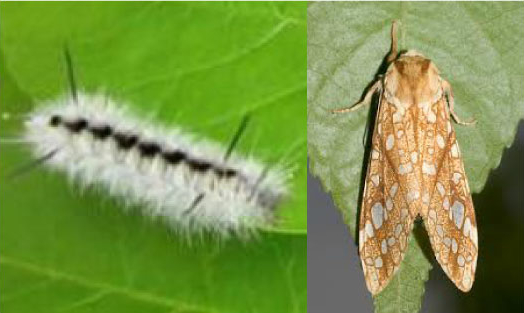

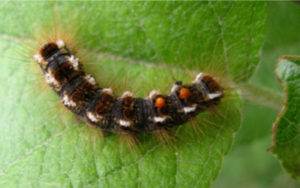
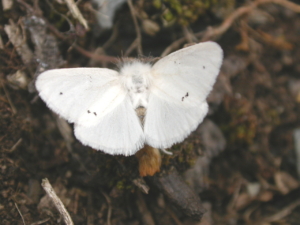
 Who was the last Boston Red Sox left handed pitcher to win 20 games in a season?
Who was the last Boston Red Sox left handed pitcher to win 20 games in a season?